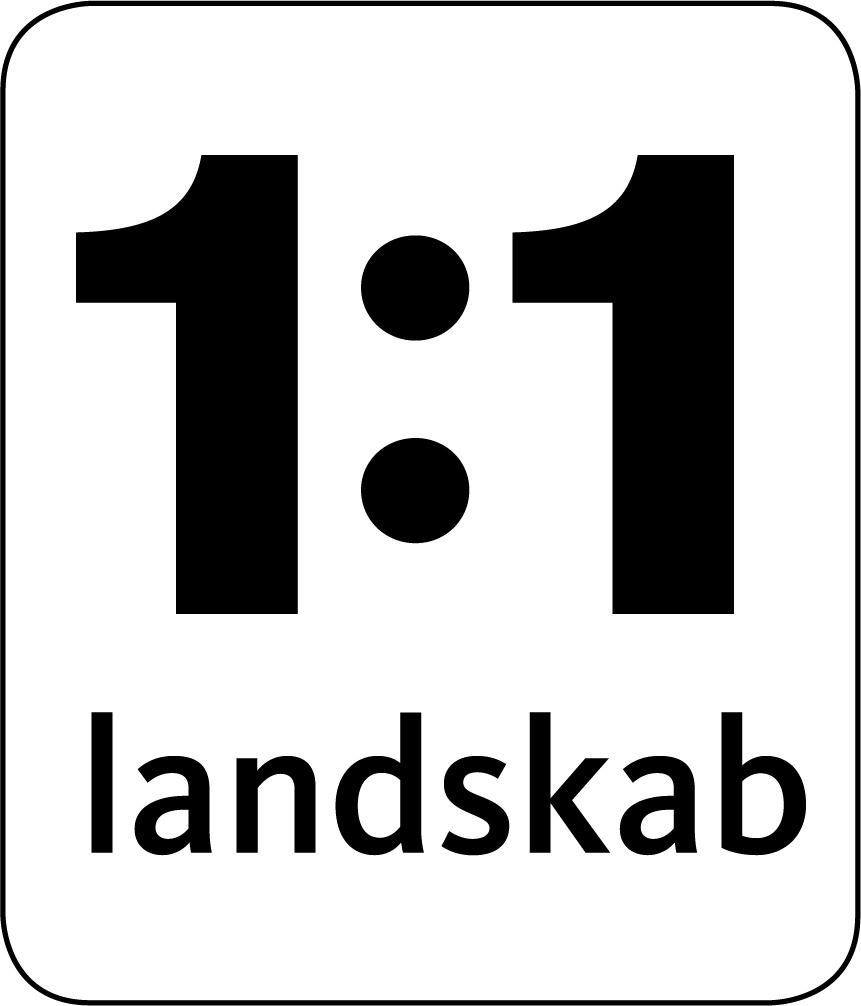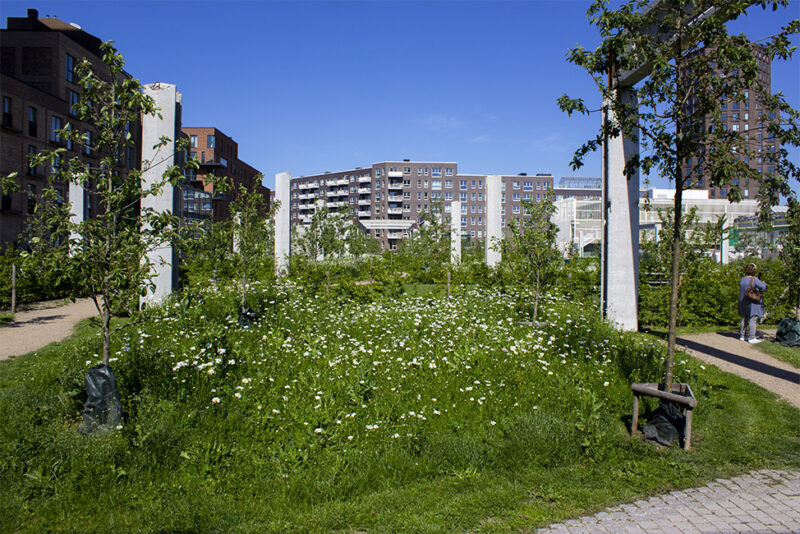Solution provider

1:1 Landskab designs aesthetic and environmentally robust landscapes and urban spaces. We have been aware of the climate agenda for many years.
Case
Climate change adaptation
Flood prevention
Nature based solutions
+2


1:1 Landskab designs aesthetic and environmentally robust landscapes and urban spaces. We have been aware of the climate agenda for many years.
Add the case to your visit request and let us know that you are interested in visiting Denmark
As intense cloudbursts become more and more frequent it becomes necessary to incorporate SUDS into park designs, so the rain transforms into an asset instead of a problem. 1:1 Landskab actively works with making the rain part of the attraction at Grønttorvsparken. The water is handled locally and becomes a recreational element in this new public heart of the neighborhood Grønttorvet.
In the 2010s Copenhagen was hit by intense cloudbursts resulting in floods and extremely costly damages.
These problems will only grow in the future, as extreme weather events are happening more frequently. At the same time there is an ongoing biodiversity crisis and col-lapse of ecosystems.
Grønttorvsparken has been dimensioned to delay the run-off water from the new neighborhood surrounding the park. In the meadow areas, a pond will build up during and after the most intense cloudbursts. The water is success-fully delayed during and after cloudbursts and helps keep-ing sewers from overflowing. The surface runoff from the surrounding paved areas is led to underground infiltration units.
Trees and herbaceous plants have been chosen to boost local biodiversity and at the same time give the park users lush green and seasonal experiences.
Now, all the rain that falls on roads and roofs is channelled over to the new green areas, easing the pressure on sewers and drains. Grønttorvsparken illustrates how 1:1 Landskab creates future-proof and climate-adapted public spaces all the while ensuring quality urban spaces in big cities where urban spaces are scarce.